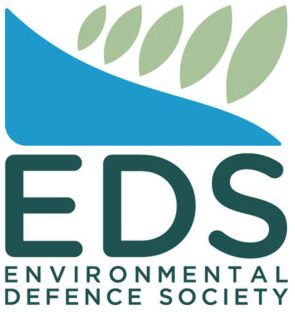TAIC Investigation: Fatigue Led To Cruise Vessel Impacting Doubtful Sound Mountainside
The Transport Accident Investigation Commission (TAIC) has found that the cruise vessel Fiordland Navigator ran aground in Doubtful Sound on 24 January 2024.
It is virtually certain the fatigued master fell asleep at the helm.
TAIC’s final report identifies key safety gaps in fatigue management, medical fitness monitoring, and risk controls for sole-charge masters.
The vessel, carrying nine crew and 57 passengers, sustained moderate damage. Several people suffered minor injuries, but the crew responded effectively, evacuating passengers to Deep Cove and then Te Anau that evening.
TAIC’s Chief Investigator of Accidents, Naveen Kozhuppakalam, says workload-induced fatigue was at the centre of the circumstances and causes of the accident.
“Operator RealNZ’s safety system didn’t monitor actual rest hours or effectively manage fatigue risks for sole-charge masters. And while the master held a valid medical certificate, there was no process to ensure ongoing medical fitness during the two-year certification period,” said Mr Kozhuppakalam.
“Also the staff member responsible for safety oversight had an excessive workload, limiting their ability to manage fatigue risks.
The Commission investigates the circumstances and causes of particular accidents and incidents and seeks out the systemic issues can lead to accidents in future. TAIC identified four safety issues and made one recommendation.
“The Commission found that seafarers may not fully understand their duty to report medical conditions that affect fitness for duty. So we’re recommending that Maritime NZ improve awareness and enforcement of medical fitness standards.
“There was no need for TAIC to issue a recommendation to RealNZ because they’ve addressed the issues we found there. They have strengthened fatigue policies, training, and work-hour monitoring. They have added a second person to the wheelhouse during navigation and reinstated the Master’s Assistant role. And they have introduced a Maritime Resource Planner role and adjusted responsibilities to improve safety oversight.
More broadly, the report promotes a number of lessons for industry. Medical fitness should be continuously monitored. Workload and actual rest hours must be properly tracked. Identify and implement risk controls to address hazards related to people being in sole-charge of safety-critical equipment. And safety systems must be well-resourced to function effectively.


 Gordon Campbell: On Peter Dutton’s Fading Election Prospects.
Gordon Campbell: On Peter Dutton’s Fading Election Prospects. Marlborough District Council: Kevin Judd Named Marlborough’s Newest Living Cultural Treasure
Marlborough District Council: Kevin Judd Named Marlborough’s Newest Living Cultural Treasure Parliamentary Commissioner For The Environment: Are We Planting The Forests We Need?
Parliamentary Commissioner For The Environment: Are We Planting The Forests We Need? Te Uru Kahika: Environment Report Demonstrates Critical Role Of Regional Science In New Zealand’s Future
Te Uru Kahika: Environment Report Demonstrates Critical Role Of Regional Science In New Zealand’s Future NZCTU: Transformative Policy Vision For Aotearoa
NZCTU: Transformative Policy Vision For Aotearoa Sensible Sentencing Trust: Greens Claim Intellectual Property Rights And Demand Changes To “Defund The Police” Billboards
Sensible Sentencing Trust: Greens Claim Intellectual Property Rights And Demand Changes To “Defund The Police” Billboards Te Pūtahitanga o Te Waipounamu: New Research Finds Dumped South Island Whānau Ora Agency An Exemplar Of Effective, Community-Led Public Service Delivery
Te Pūtahitanga o Te Waipounamu: New Research Finds Dumped South Island Whānau Ora Agency An Exemplar Of Effective, Community-Led Public Service Delivery


